Entertainment
10 Behind-the-Scenes Secrets to Crafting Television Magic
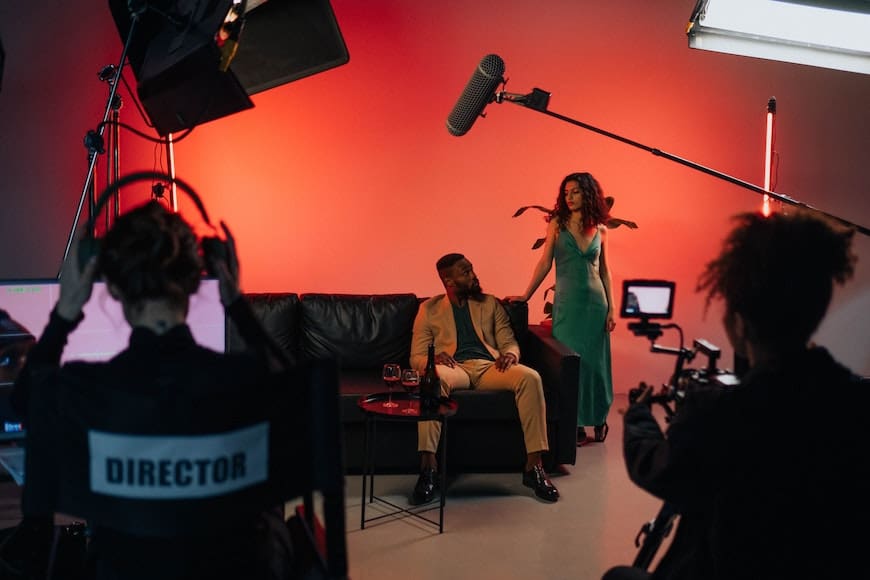

When it comes to crafting television magic, there’s more than meets the eye. You may think it’s all about what happens in front of the camera, but the real secrets lie behind the scenes.
From meticulous pre-production planning to the intricate art of color grading, television production is a finely tuned symphony of creativity and technical expertise.
But what really goes into creating those captivating scenes that keep you glued to the screen? There’s a whole world of behind-the-scenes secrets waiting to be uncovered.
Key Takeaways
- Engaging key stakeholders and aligning vision is crucial for efficient pre-production planning.
- The director’s vision sets the tone and visual world of the television show, inspiring collaboration.
- Visual storytelling techniques such as cinematography, color grading, and visual effects enhance the audience’s immersive experience.
- Camera operations, lighting setup, and sound engineering play vital roles in translating the director’s vision and crafting captivating television content.
Pre-Production Planning
When planning for pre-production, consider engaging with key stakeholders to ensure a collaborative and efficient process from the outset. By involving key stakeholders early on, you can tap into a wealth of expertise and insights that can enhance the overall production.
Start by convening a meeting with all relevant parties, including producers, directors, writers, and department heads. This allows everyone to align their vision and clarify expectations from the get-go. It’s essential to establish clear communication channels and set achievable timelines and milestones. Encouraging open dialogue and feedback ensures that everyone’s input is considered, fostering a sense of ownership and commitment to the project.
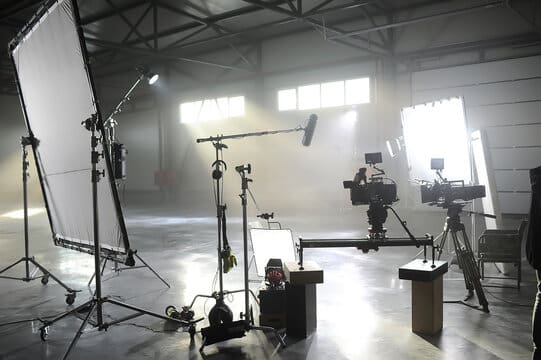

Additionally, identifying and securing necessary resources during pre-production is crucial. Whether it’s scouting locations, sourcing props and costumes, or arranging technical equipment, having these elements in place early on can prevent unnecessary delays down the line. Collaborating with stakeholders to anticipate potential challenges and develop contingency plans is also key.
This proactive approach sets the stage for a smooth and successful production process, allowing for greater creative freedom and flexibility when it comes to bringing the vision to life.
Director’s Vision
As a viewer, you may not realize the intricate thought and planning that goes into creating the visual world of your favorite television shows. The director’s vision sets the tone for the entire production, using visual storytelling techniques to convey the show’s narrative.
This collaborative creative process involves working closely with the cinematographer, production designer, and other key crew members to bring the director’s vision to life on screen.
Visual Storytelling Techniques
Crafting television magic begins with the director’s vision, which shapes the visual storytelling techniques used to captivate audiences and bring stories to life on screen. As the director, you have the power to utilize various visual storytelling techniques to create a truly immersive experience for your audience.
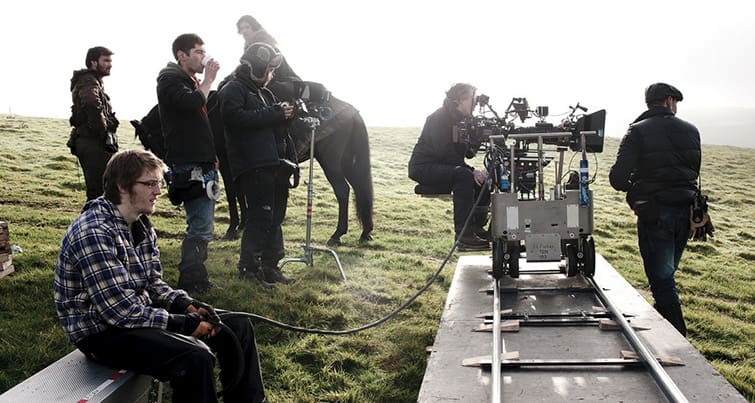

Here are three essential techniques to consider:
- Cinematography: The use of different camera angles, movements, and framing to visually convey the emotions and perspectives of the characters.
- Color Grading: Manipulating the color palette to evoke specific moods and enhance the overall atmosphere of the story.
- Visual Effects: Incorporating cutting-edge technology to create stunning visual spectacles and bring the impossible to life on screen.
Collaborative Creative Process
The director’s vision not only guides the visual storytelling techniques but also fosters a collaborative creative process that brings together the talents of various individuals to breathe life into the television magic.
It’s through the director’s vision that the creative team finds a common ground to transform ideas into reality. This vision serves as the guiding light, inspiring the entire crew to work in unison, each contributing their unique expertise.
Through this collaborative effort, the director’s vision takes shape, evolving as a collective creation. It’s an intricate dance of ideas, where everyone’s input is valued, and the end result is a harmonious blend of creativity.
The director’s vision thus becomes a catalyst, igniting the passion and talent of the team, ultimately leading to the mesmerizing television magic that captivates audiences worldwide.
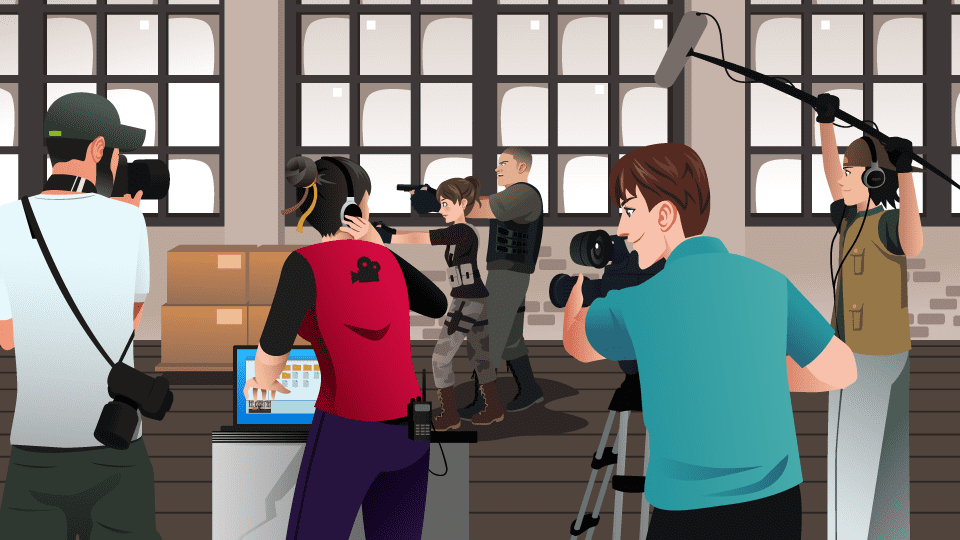

Camera Operations
Mastering camera operations is essential for capturing the dynamic visuals that bring television magic to life. As a camera operator, you play a crucial role in translating the director’s vision into captivating imagery. Here are some behind-the-scenes secrets to help you craft television magic through expert camera operations:
- Understanding Shot Composition: Learning about different shot types and how to frame a scene effectively is key to creating visually engaging content. Experimenting with angles, framing, and perspectives can add depth and emotion to the storytelling.
- Mastering Camera Movement: Whether it’s a smooth tracking shot or a dramatic crane movement, mastering different camera movements can elevate the visual impact of a scene. Understanding the art of fluid and controlled camera movement is essential for bringing a sense of dynamism to the storytelling.
- Adapting to Changing Conditions: Television sets can be fast-paced and unpredictable. Being able to adapt quickly to changing lighting conditions, set layouts, and actor movements is crucial for capturing the best possible footage. Developing the ability to think on your feet and make quick adjustments will set you apart as a skilled camera operator.
Lighting Setup
When setting up lighting for television production, consider the mood and atmosphere you want to convey in each scene to enhance the visual storytelling. Lighting plays a crucial role in setting the tone for a scene and evoking the desired emotions from the audience. Whether it’s creating a warm and cozy ambiance for a heartwarming family moment or a stark and dramatic feel for a suspenseful plot twist, the right lighting can make all the difference.
To achieve the desired effect, start by understanding the basic principles of lighting, such as key, fill, and backlighting. The key light is the primary light source, providing the main illumination for the scene. The fill light helps to soften shadows created by the key light, while the backlight adds depth and dimension by separating the subject from the background.
Additionally, don’t underestimate the power of color temperature and intensity. Warm tones can convey intimacy and comfort, while cooler tones can create a sense of unease or detachment. Adjusting the intensity of the lights can also impact the mood, from soft and subtle to bold and striking.
Sound Engineering
When it comes to television magic, sound engineering plays a crucial role in setting the mood and enhancing the viewer experience.
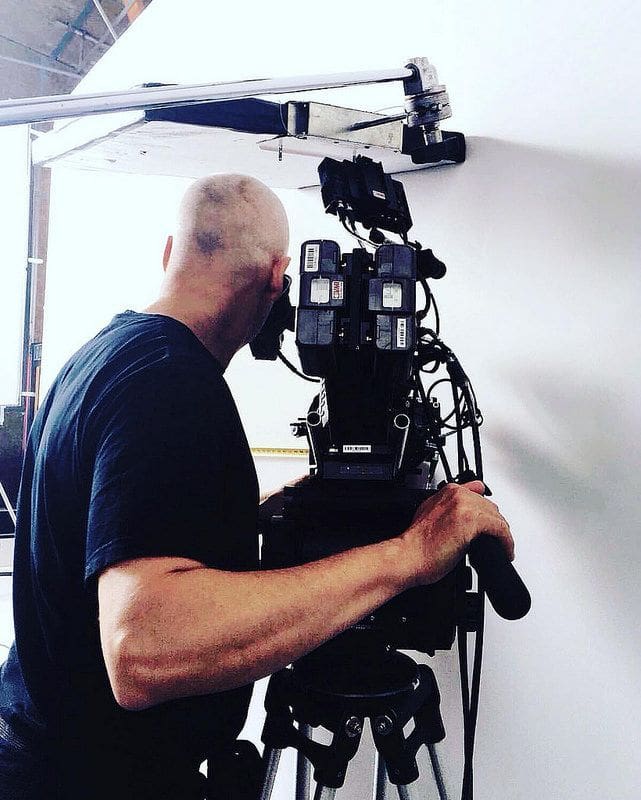

The sound design process involves carefully selecting and mixing various audio elements to create a seamless and immersive auditory environment.
The impact of sound on storytelling and emotional engagement can’t be overstated, making it an essential aspect of crafting captivating television content.
Sound Design Process
The sound design process is a meticulous and essential aspect of creating the captivating audio experience that brings television shows to life. It involves a combination of artistry and technical expertise to achieve the perfect auditory ambiance.
Here are three key steps in the sound design process:
- Sound Effects Selection: Careful curation of sound effects to match the visual elements and enhance the overall storytelling.
- Foley Recording: Creating custom sound effects by recording everyday sounds to add realism and depth to the audio experience.
- Audio Mixing: Balancing dialogue, music, and sound effects to ensure a cohesive and immersive sonic landscape.
Each of these steps contributes to the seamless integration of audio elements, enriching the viewing experience and drawing the audience into the world of the television show.
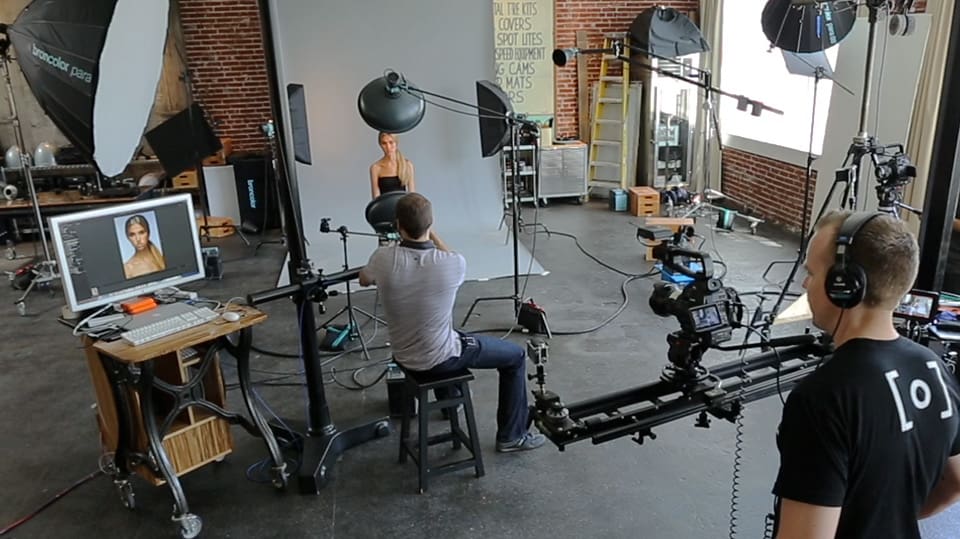

Impact of Sound
To truly appreciate the impact of sound in television, one must understand the intricate art of sound engineering and its profound influence on the viewer’s auditory experience.
Sound engineering isn’t just about making things loud or quiet; it’s about creating an emotional connection through sound. Every creak, whisper, or explosion is meticulously designed to evoke specific emotions and immerse you in the story.
Sound engineers use a variety of techniques, from subtle ambient sounds to powerful musical scores, to enhance the viewer’s engagement and create a truly immersive experience. They manipulate sound to guide your attention, build tension, and evoke powerful emotions, all of which are essential for bringing a television show to life.
Editing Workflows
Crafting engaging television magic involves implementing efficient and collaborative editing workflows to bring the vision to life seamlessly. The editing process is where the magic truly comes together, and having a streamlined workflow is essential for creating a captivating final product.
Here are some behind-the-scenes secrets to mastering editing workflows:
- Organization is Key: Keeping your editing timeline neat and organized can save you a significant amount of time. Utilize color coding, markers, and clear naming conventions to easily identify different types of footage and sequences.
- Collaboration Tools: Utilize collaborative editing tools that allow multiple team members to work on the same project simultaneously. This can streamline the editing process, improve communication, and ensure everyone is on the same page.
- Version Control: Implement a robust version control system to keep track of changes and iterations. This ensures that you can easily revert to previous versions if needed and helps maintain a clear overview of the editing progress.
Visual Effects
Mastering visual effects in television production requires a deep understanding of how to seamlessly integrate digital elements into the storytelling process. Visual effects are the magic behind bringing larger-than-life creatures, futuristic worlds, and epic battles to the small screen. It’s about creating a seamless blend between the real and the imaginary, captivating audiences with jaw-dropping spectacles.
To achieve this, television producers utilize cutting-edge technology and skilled artists who meticulously craft each visual effect to enhance the narrative. From creating realistic environments to adding fantastical creatures, every visual effect is carefully designed to immerse viewers in the story.
One of the key challenges in visual effects is maintaining consistency throughout a series. Whether it’s a supernatural power, a mythical creature, or a futuristic cityscape, visual effects teams must ensure that these elements remain visually cohesive and believable across all episodes.
Furthermore, visual effects play a crucial role in bringing to life what’s otherwise impossible to film. From breathtaking space battles to awe-inspiring magical realms, visual effects elevate television storytelling to new heights, captivating audiences and making the impossible, possible.
Color Grading
Hey there!
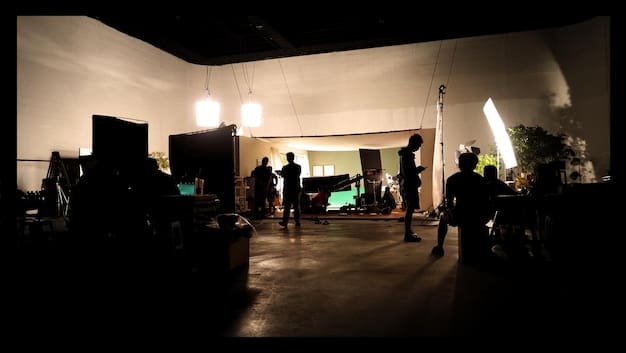

When it comes to crafting television magic, color grading plays a crucial role in setting the visual mood and creating a cinematic atmosphere.
It allows for the adjustment of color temperature, enhancing the overall look and feel of the scenes.
These behind-the-scenes secrets truly bring out the artistry in television production.
Enhancing Visual Mood
To enhance the visual mood of a television show, color grading is used to manipulate and adjust the colors and tones, creating a specific atmosphere and evoking emotions in the audience. Color grading not only enhances the aesthetic appeal of a show but also plays a crucial role in conveying the intended mood and tone of a scene.
Here are three key aspects of color grading that contribute to the visual impact of a television show:
- Color Temperature: Adjusting the color temperature can influence the perceived warmth or coolness of a scene, setting the mood and creating a specific ambiance.
- Contrast and Saturation: Manipulating contrast and saturation levels can intensify or soften the visual impact, guiding the audience’s focus and emotional response.
- Color Balance: Balancing colors effectively can enhance the overall visual coherence and thematic significance of a show, contributing to its storytelling impact.
Creating Cinematic Atmosphere
Crafting a cinematic atmosphere through color grading transforms the visual landscape of a television show, immersing viewers in a rich tapestry of mood and emotion.
Color grading is like painting with light, allowing creators to manipulate the colors and tones of each frame to evoke specific feelings. By adjusting the contrast, brightness, and saturation, filmmakers can establish a consistent visual tone throughout the show, enhancing the overall storytelling experience.
Whether it’s using warm tones to create a sense of nostalgia or cool tones to convey a sense of mystery, color grading plays a pivotal role in shaping the audience’s emotional response.
This behind-the-scenes process is essential for creating a captivating and immersive viewing experience, drawing audiences deeper into the world of the show.
Adjusting Color Temperature
Adjusting color temperature through color grading is a crucial aspect of creating the desired visual atmosphere in television shows. It allows you to manipulate the warmth or coolness of the colors, setting the tone for each scene and evoking specific emotions from the audience.
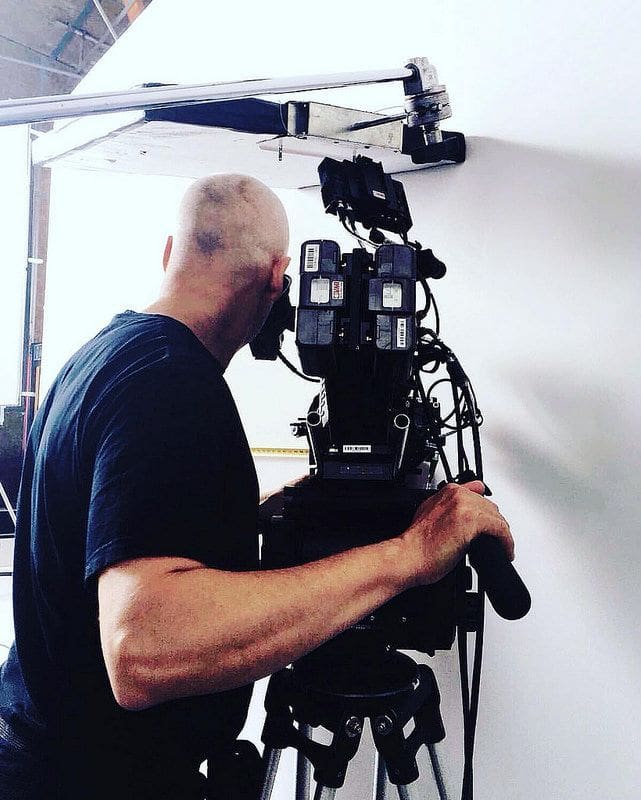

Here are some key points to consider:
- Emotional Impact: By adjusting color temperature, you can heighten the emotional impact of a scene, making it feel warmer and more inviting or cooler and more distant.
- Visual Cohesion: Consistent color temperature throughout a show helps maintain visual cohesion, making the storytelling more seamless and immersive.
- Symbolism and Subtext: Color temperature can be used to subtly convey symbolism and subtext, adding layers of meaning to the visuals and enhancing the storytelling.
Mastering color temperature through color grading is a powerful tool in the hands of television creators, allowing them to craft compelling visual narratives.
ADR Process
In the ADR process, actors re-record dialogue in a studio to replace or enhance the original production sound. This technique is often used when the original audio is unclear due to background noise, technical issues, or when the dialogue needs to be changed or improved. It’s a crucial part of the post-production phase that can make a significant impact on the overall quality of the show.
During ADR, actors watch the scene and listen to the original audio through headphones, then re-perform their lines to match the timing and lip movements as closely as possible. This process requires a great deal of skill and concentration to ensure that the new dialogue seamlessly integrates with the existing footage.
ADR allows for flexibility in editing and refining the dialogue, giving creators the freedom to perfect the sound and emotional delivery of the lines. It’s a meticulous and time-consuming process, but when done well, it can elevate the entire viewing experience by delivering clear, crisp, and emotionally resonant dialogue.


This behind-the-scenes magic helps to create a seamless and immersive television experience for the audience.
Audience Research
After perfecting the sound and emotional delivery of the dialogue through ADR, the next step is to understand how audience research informs the creators’ decisions in shaping the viewing experience. Audience research plays a crucial role in shaping television magic, as it provides valuable insights into the preferences and expectations of viewers.
Here’s what you need to know:
- Understanding Demographics: Audience research helps creators understand the demographics of their viewers, including age, gender, location, and socio-economic factors. This information is essential in tailoring content to specific audience segments, ensuring that the show resonates with a diverse range of viewers.
- Analyzing Viewing Habits: By analyzing the viewing habits of audiences, creators can gain valuable insights into how, when, and where people consume television content. This data informs decisions regarding scheduling, episode length, and even the pacing of the show to maximize engagement.
- Gauging Emotional Responses: Audience research goes beyond quantitative data, delving into qualitative measures such as emotional responses to specific storylines, characters, and plot developments. Understanding these emotional nuances allows creators to craft narratives that truly resonate with viewers, evoking the desired emotional reactions.
Frequently Asked Questions
How Do Television Producers Decide on the Placement and Timing of Commercial Breaks Within a Show?
When deciding on commercial breaks, television producers carefully consider the flow and pacing of the show, aiming to minimize disruption to the viewer’s experience. They strategically place breaks at natural pauses or cliffhangers to maintain engagement.
What Techniques Do Television Directors Use to Navigate the Challenges of Working With Child Actors on Set?
When working with child actors on set, television directors use a variety of techniques. They often establish a comfortable and supportive environment, communicate clearly, and adapt to the unique needs of each child to bring out their best performance.
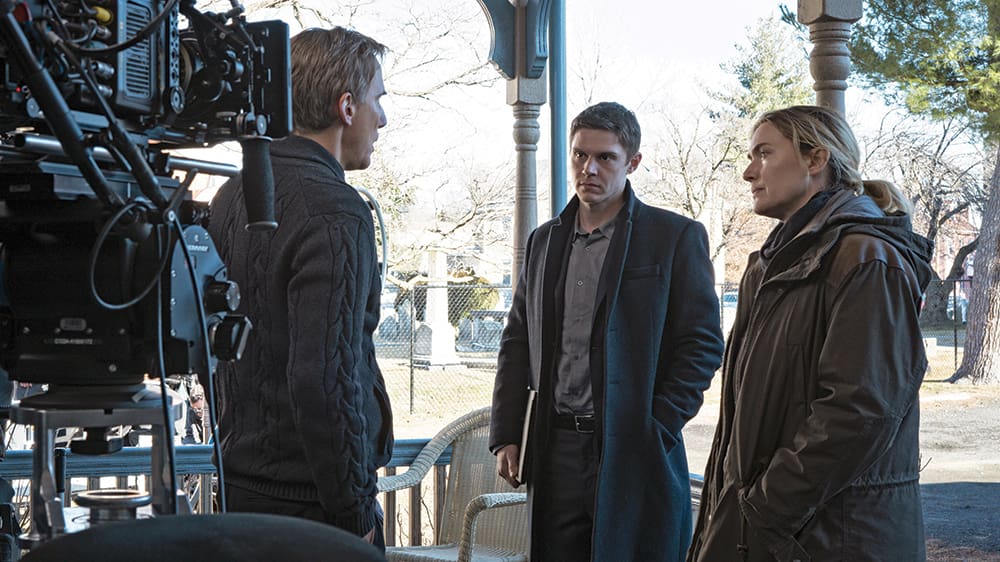

How Do Camera Operators Capture Dynamic Shots in Difficult or Dangerous Filming Locations?
To capture dynamic shots in difficult or dangerous filming locations, camera operators rely on skill, precision, and creativity. They navigate obstacles, adjust for lighting, and use specialized equipment to capture the magic of the moment.
What Are Some Common Challenges Faced by Television Sound Engineers When Recording Dialogue and Ambient Sounds on Location?
When recording on location, sound engineers face challenges like background noise, weather interference, and capturing clean dialogue. They skillfully navigate these obstacles to ensure high-quality sound for television, using specialized equipment and techniques.
How Do Television Editors Balance the Need for Efficient Storytelling With the Desire for Artistic Expression in Their Work?
You balance efficient storytelling with artistic expression by carefully choosing what to include. Focus on moving the story forward while finding creative ways to convey emotion and depth. It’s about striking the right balance to captivate your audience.


Hi, I’m Kyle Rivera, a news journalist and blog editor with the Daily Evening News. A TCU alum with a flair for storytelling, I spend my days uncovering impactful stories and my evenings exploring the realms of yoga, cycling, and whimsically bad poetry.
Travel is my escape; I’ve trekked from Tokyo’s neon lights to Iceland’s tranquil vistas. But no journey is complete without Mogli, my Golden Retriever, who’s redefining his breed standards in the most charming ways.
I love connecting with fellow travelers, yogis, cyclists, and anyone who enjoys a laugh at my poetic attempts. If you’re into stories that inspire, travel escapades, or just want to see what Mogli and I are up to, I’d love to hear from you on Instagram or Facebook. Let’s share tales and tips from around the globe!

